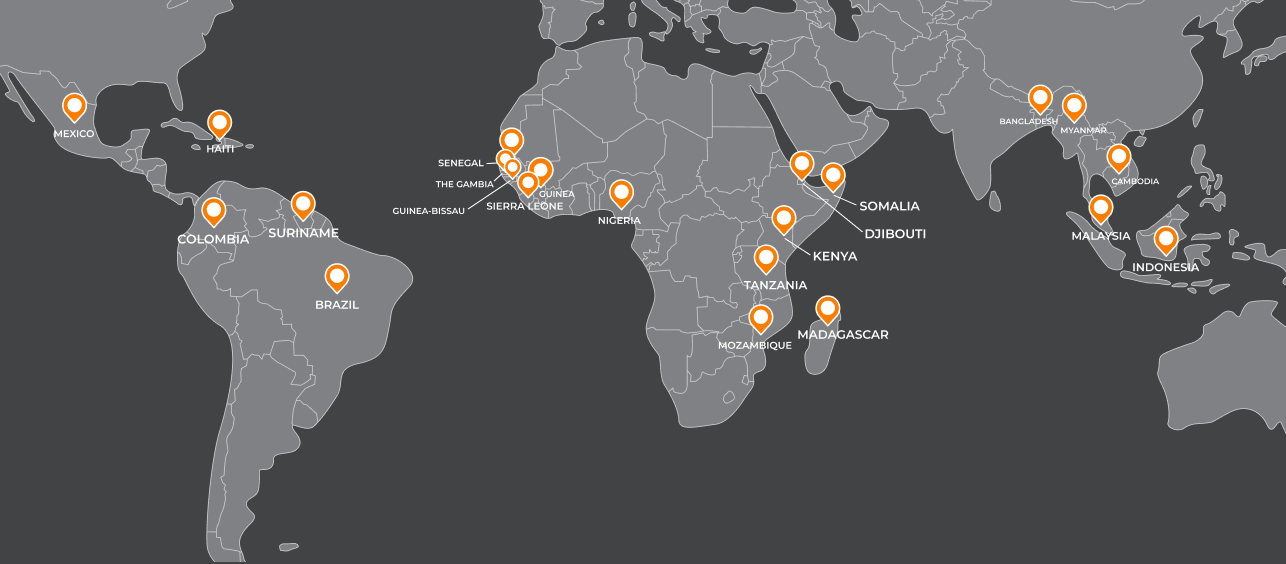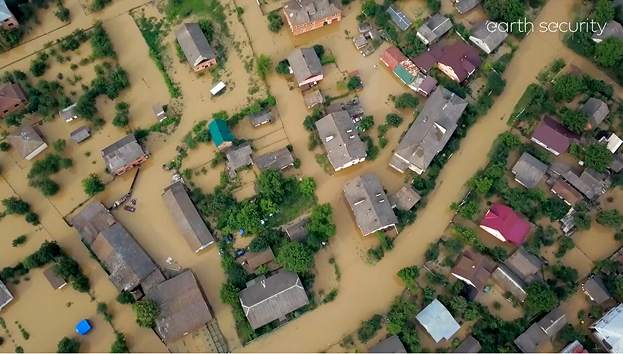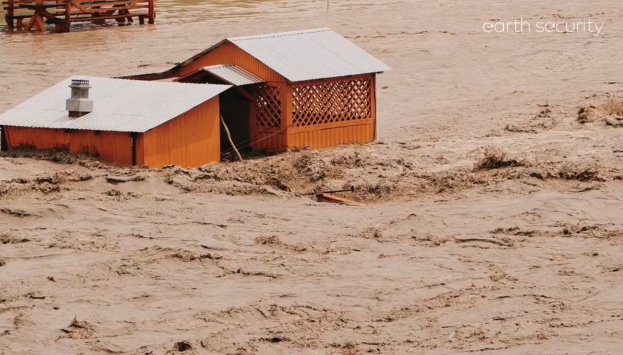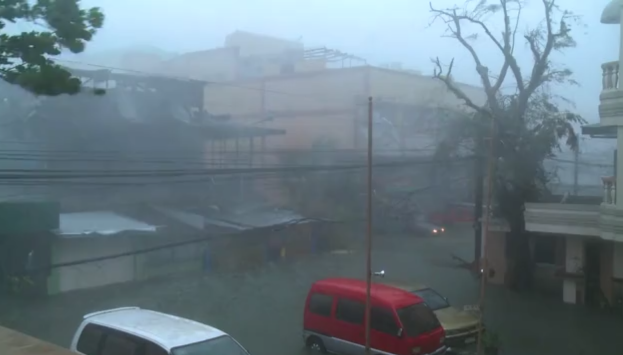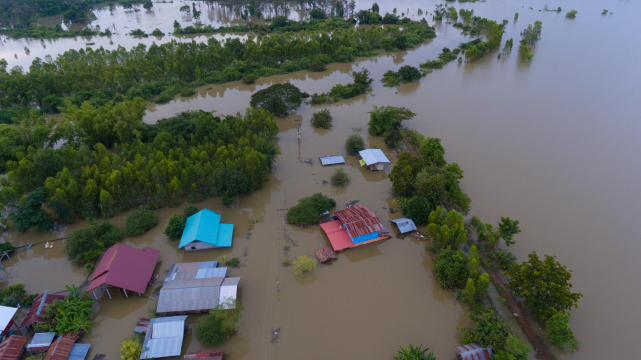This article was written by Earth Security CEO, Alejandro Litovsky for the Financial Times. It has been reproduced below with the permission of the author.
Alejandro Litovsky, 5 December 2017
As hydropower hits problems, China plans renewable energy for region
The Belt and Road Initiative (BRI), China’s ambitious outbound investment strategy which links at least 65 countries along terrestrial and maritime trade corridors, will open massive new opportunities for trade and investment in frontier markets. Energy infrastructure investments are a backbone of BRI, so aligning these investments with sustainable development goals is necessary for China to navigate regional patchworks of social, environmental and economic priorities.
The first port of call for BRI is central Asia. Here, water security has emerged as a key geopolitical risk with potential to destabilise the region. Whilst hugely inefficient, the Soviet Union had an organised approach to coordinating energy and water supplies across upstream and downstream countries. This unified energy system of central Asia was dismantled in the 1990s and individual countries quickly sought to become self-reliant in meeting their growing energy needs.
As a result, hydropower projects upstream have affected the flow of water for the agriculture of downstream countries, which rely on their oil and gas for energy, making everyone worse off and fuelling tension. Glaciers that feed water to the region are receding. Half of the glaciers in central Asia could disappear by as soon as 2035, and entirely disappear in parts of Pakistan. Climate change impacts will almost certainly reduce water availability in an already water-stressed region.
Chinese state-owned banks and companies dominate investments in oil, gas and hydropower along BRI. The China Development Bank has already granted $160bn in loans to countries involved in the BRI, and has identified a further $350bn worth of projects. The geographic definition of central Asia itself is being changed by these investments — from the Soviet Union’s boundaries that included Kazakhstan, Uzbekistan, Turkmenistan, Tajikistan and Kyrgyzstan, to include Pakistan and Afghanistan. China’s $62bn investment commitment in BRI’s China-Pakistan Economic Corridor is equivalent to 20 per cent of Pakistan’s GDP, and encompasses investments in coal, hydro, wind and solar power projects.
With these factors in mind, an interconnection of energy across borders would aid in securing these investments, water supply and long-term regional stability. Large-scale grid connection projects are seen as vital to address significant transmission and distribution losses, reinvigorate regional energy trade, and deepen regional co-operation through growth. The $1bn Tutap project financed by the Asian Development Bank, seeks to link the power grids of Turkmenistan, Uzbekistan, Tajikistan, Afghanistan and Pakistan into a unified grid system from existing hydropower and coal and gas-fired plants.
The World Bank-led $1bn Casa-1000 project will enable Tajikistan and Kyrgyzstan to deliver excess hydropower in the summer season to Afghanistan and Pakistan. Both projects have been slow to progress given the political barriers to regional integration.
However, the trend towards regional electricity integration is opening new opportunities for investment. These investments should be made with cognisance of the water constraints that will prevail in the region. Distributed renewable energy investments are a crucial component in addressing electricity shortages in central Asia, Afghanistan and Pakistan, whilst minimising water demands, given that the potential for renewable energy generation is very high.
Private investment is needed to meet the capital expenditure requirements of renewable energy plans in the region, but it has been an uphill struggle in state-owned, centrally controlled systems with minimal distributed energy policies and high levels of fossil fuel and electricity subsidies. Some progress is being made however, with clear policy commitments on renewables and a feed-in tariff regime in Pakistan helping the government secure $3bn in renewable energy investment in 2015. By securing better government policies on renewables, BRI can create a step-change in renewable energy investment.
China’s bold vision is to create a global renewable energy grid that connects renewable energy generation across hemispheres. This would create a continuous source of clean power across national borders. The Beijing-based Global Energy Interconnection Development and Cooperation Organisation (Geidco) and China’s State Grid Corporation have proposed a layout for such a system in Asia.
This would develop six ultra high voltage grids across China, north-east Asia, Southeast Asia, south Asia, central Asia and west Asia to cement a clean power system in the region. President Xi Jinping recently underlined the strategic role that the BRI should play in this system. The wind and power resources of central Asia are a vital resource for one component of this grid.
Just like during the Soviet Union’s time, a United Energy System of Central Asia helped to organise co-operation in the region, in the 21st century BRI should be the driver of a vision of prosperity between these countries based on renewable energy.
The Chinese government and BRI investors should develop the blueprint for a United Renewable Energy System of central Asia. In central Asia, a grid interconnection across national borders, which decouples energy production from intensive water consumption, has the potential to address the geopolitical tensions that hamper prosperity and security. China’s development banks and BRI investors should embrace the vision of making BRI a critical corridor for the development of a green super grid.
Explore the reports
The Earth Security Index Reports provided in-depth analysis of critical themes across selected industries and market geographies, enabling investors to anticipate and respond to emerging global dynamics. Download and explore the full Earth Security Index reports:






